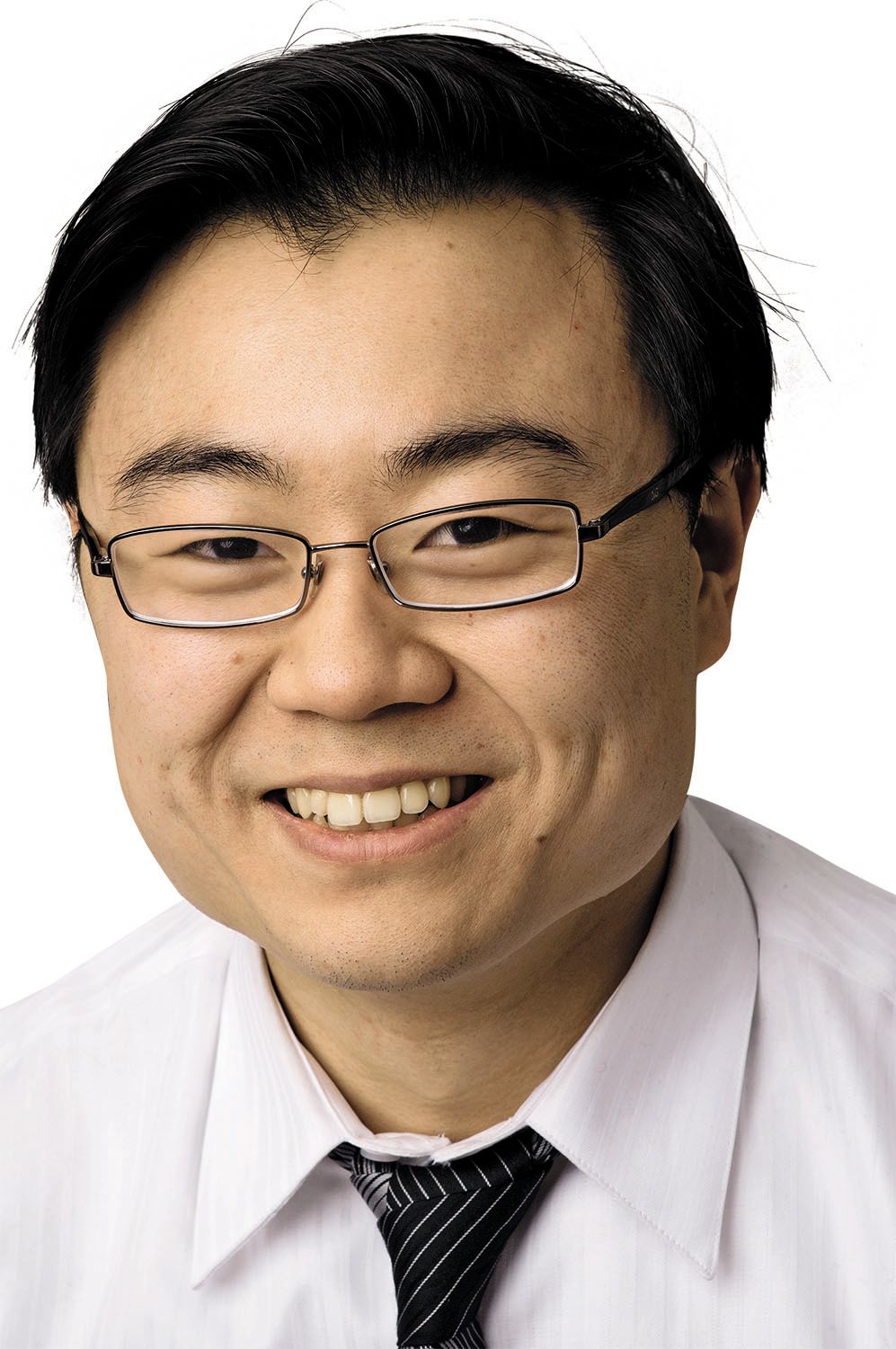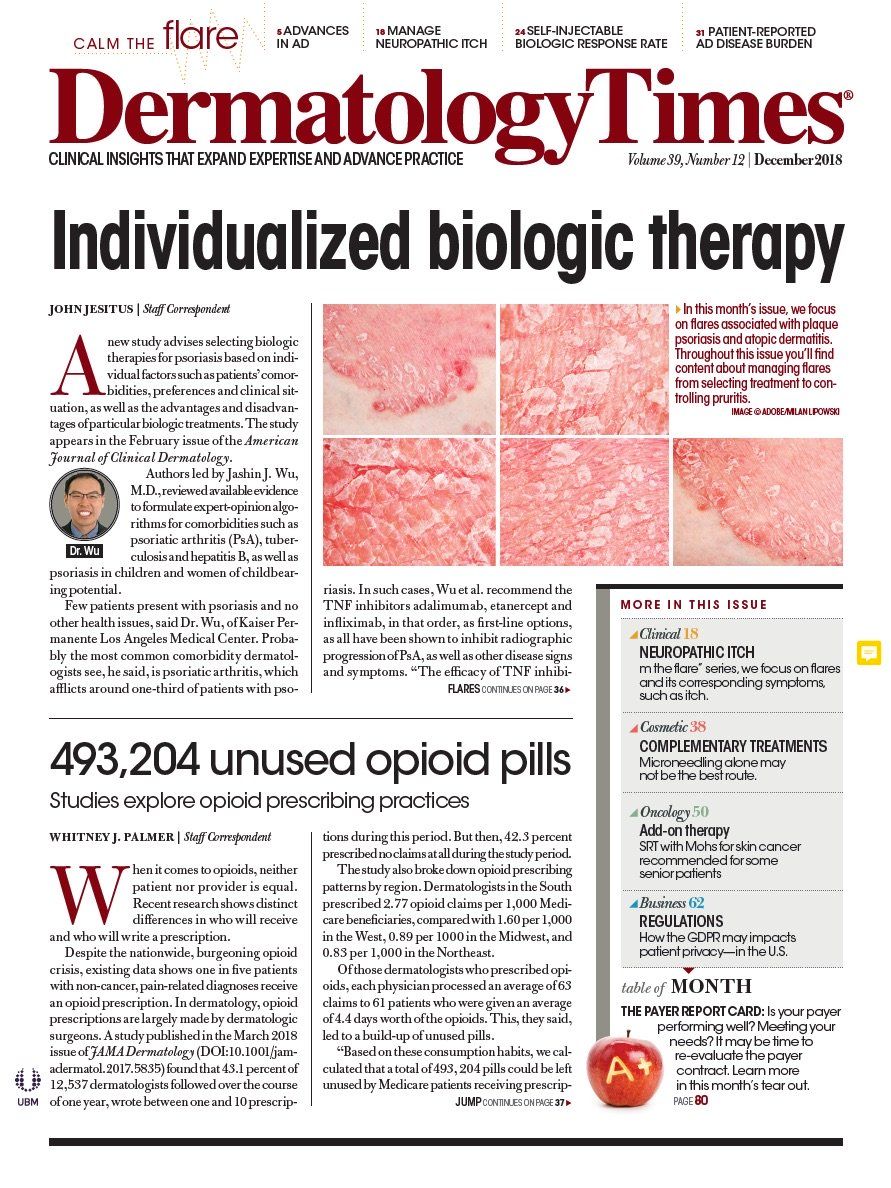- Case-Based Roundtable
- General Dermatology
- Eczema
- Chronic Hand Eczema
- Alopecia
- Aesthetics
- Vitiligo
- COVID-19
- Actinic Keratosis
- Precision Medicine and Biologics
- Rare Disease
- Wound Care
- Rosacea
- Psoriasis
- Psoriatic Arthritis
- Atopic Dermatitis
- Melasma
- NP and PA
- Skin Cancer
- Hidradenitis Suppurativa
- Drug Watch
- Pigmentary Disorders
- Acne
- Pediatric Dermatology
- Practice Management
- Prurigo Nodularis
- Buy-and-Bill
Publication
Article
Dermatology Times
Medical societies can support innovation
Author(s):
In this month's Innovation column, Steve Xu, M.D. and Morgan Nguyen discuss how to incorporate innovation into medical societies.
Dr. Xu is a board-certified dermatologist and medical director of the Center for Bio-Integrated Electronics at the Simpson Querrey Institute for Bionanotechnology, Northwestern University. He is co-founders of the Advancing Innovation in Dermatology Accelerator Fund.

Ms. Nguyen is a medical student at Northwestern University Feinberg School of Medicine.

Successful innovation requires an intimate understanding of underlying unmet clinical needs.
Physicians have been involved as critical actors in almost every biomedical breakthrough from imatinib to statins.2
In medical devices, an analysis of 170 pre-market approval patent applications by four large incumbent device companies showed that 11% cited information from physician-founded start-ups, compared to only 4% from non-physician-founded companies.3
Despite interest and potential, clinicians often encounter barriers to developing innovative technologies: Conflict of interests in academic medicine, time and resource limitations, and lack of expertise and experience in product development.
Medical societies offer an influential addition to the innovation ecosystem and are uniquely positioned to address several challenges related to innovation. By recruiting direct physician involvement, these organizations have great potential to be a nexus for innovation. They provide credibility and pooled resources to members, and represent an existing framework that can be adapted to gather and support physicians interested in addressing similar clinical needs.
Societies can address physician barriers to innovation by providing monetary and educational resources to their members: Seed funding, mentorship, and routes for industry collaboration. They also play a key role in knowledge exchange between academia, medicine, and industry. Their annual conferences and contact databases provide a route for physicians and industry to network and collaborate on transformative innovations. Societies represent an opportunity to identify physician-innovators and offer an existing meeting structure to collaboratively address clinical problems in need of innovative solutions.
Here we propose a framework for incorporating innovation into these organizations.
- Identify and prioritize the pressing clinical issues.
- Identify internal accelerators of innovation, such as successful physician-entrepreneurs, industry leaders with connections to academia and vice versa.
- Develop innovation-specific meetings or work groups and innovation education seminars within existing professional meetings.
- Build an education curriculum devoted to innovation literacy to cover topics such as patents, the FDA approval processes, fundraising, successful Small Business Innovation Research (SBIR) applications, and other translational funding opportunities that may be specialty-specific.
- Create seed funding to support early stage ventures.
There are existing examples of medical societies that actively support member innovation.
In 2017, the American Medical Association launched the Physician Innovation Network, an online community for physicians and healthcare technology companies.
The Society for Investigative Dermatology identifies innovation as one of its five core values. It maintains an academic/industry partnership database to increase knowledge exchange between researchers and industry leaders. It also hosts an industry partner session at its annual meeting to discuss industry and academia partnerships.
The American Society for Dermatologic Surgery has the Dermasurgery Advancement Fund “to support current and future dermatologic surgeons in continuing their innovative work.”
The annual Dermatology Innovation Forum is held by Advancing Innovation in Dermatology in association with the American Academy of Dermatology. This forum serves to connect physicians with experts in finance, intellectual property and industry. Advancing Innovation in Dermatology has also started a dermatology-focused seed fund–the AID Accelerator Fund–to provide financial support for early-stage ventures to achieve critical commercialization milestones.
The European Society for Dermatological Research is actively forming relationships with industry, scientific foundations, and philanthropies to pool resources that support cutting-edge investigations and innovation. It is developing programs that facilitate and accelerate research innovation by linking the scientific know-how of academic dermatology with the translational and financial resources of industry.4 The group’s collaborations demonstrate a model of inclusivity among key players in translational medicine and innovation.
Innovation requires the active participation of numerous stakeholders. Societies have a tremendous opportunity to support innovation by organizing momentum around specific unmet needs, coordinating effective collaborations with outside partners, and providing critical resources and training to physician-innovators.
Contributing authors: William Ju, M.D., FAAD, is a board-certified dermatologist and founder of Advancing Innovation in Dermatology and co-founder of the Advancing Innovation in Dermatology Accelerator Fund.
REFERENCES
- Scannell, J.W. et al. (2012) Diagnosing the decline in pharmaceutical R&D efficiency. Nat. Rev. Drug Discov. 11(3), 191-200.
- Xu, S. and Kesselheim, A.S. (2014) Medical innovation then and now: perspectives of innovators responsible for transformative drugs. J. Law Med. Ethics. 42(4), 564-575.
- Smith, S.W. and Sfekas, A. (2013) How much do physician-entrepreneurs contribute to new medical devices? Med. Care. 51(5), 461-467.
- Schmuth M., Gilliet, M., Griffiths, CEM., Barker, JN. (2017) European Society for Dermatological Research (ESDR): Shifting scope and expanding boundaries, promoting cutaneous biology research across Europe and beyond. Journal of Investigative Dermatology.137, 1817-1819.







